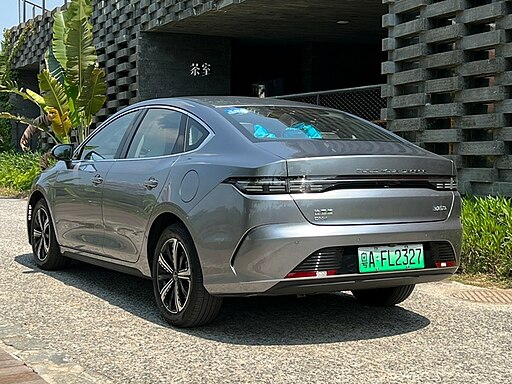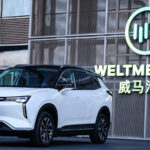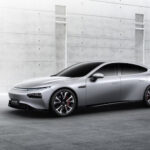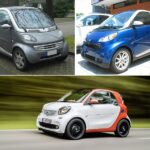EU Launches Anti-Subsidy Probe on Chinese Electric Cars: Implications for the European Auto Industry
Introduction:
On September 13, 2023, Ursula von der Leyen, President of the European Commission, announced the initiation of a formal anti-subsidy investigation into Chinese imports of electric vehicles (EVs) during her annual State of the Union address at the European Parliament. In her speech, von der Leyen highlighted the critical importance of EVs in achieving a green economy, expressing concerns about the influx of low-priced Chinese EVs, which she attributed to substantial state subsidies. This, she argued, distorts the European market, and the EU is determined to address this distortion, whether it arises internally or externally.
Key Points of the Anti-Subsidy Investigation:
- The EU’s anti-subsidy probe targets companies rather than nations. If a positive conclusion is reached, trade sanctions would be imposed on the export products of the investigated companies, not on similar products from an entire country.
- Subsidies, in this context, are not limited to direct financial assistance or tax reductions. Chinese companies must provide detailed identification and categorization of the subsidies received, forming the foundation of their defense during the investigation.
- The EU anti-subsidy investigation process is highly compressed, with Chinese companies facing intense scrutiny for the next 12 to 13 months.
China’s Response and Preparedness:
Chinese automakers have actively engaged in this anti-subsidy investigation, involving professional advisory teams from the outset. Additionally, close collaboration with local partners in the EU is crucial. If the investigation results are unfavorable, companies can seek judicial relief from the European Court. Historical cases of “dual remedies” (anti-dumping and anti-subsidy) suggest that actively defending against the allegations can lead to significantly lower tariff rates compared to passive or non-defense postures, with differences of up to eightfold.
Chinese auto companies can also draw on the experiences of other sectors in China, such as textiles, light industry, and photovoltaics, which have dealt with anti-subsidy investigations in the past.
EU Business and Political Responses:
The EU-China Chamber of Commerce expressed strong concerns and opposition to the investigation, emphasizing that China’s EV industry, including upstream and downstream segments, has continually innovated and accumulated industry advantages, providing consumers with high-end, cost-effective EVs that cater to various needs globally. They contend that these advantages have not arisen solely due to significant subsidies.
China’s Reaction and Global Impact:
The Chinese Ministry of Commerce spokesperson voiced strong discontent and high concern over the EU’s proposed investigative measures, labeling them as blatant protectionist actions under the guise of “fair competition.” They argue that such actions would severely disrupt and distort the global automotive supply chain, including within the EU, and negatively impact China-EU economic and trade relations.
Short-Term and Long-Term Implications:
In the short term, the EU’s anti-subsidy investigation is unlikely to significantly impact Chinese automakers’ sales in Europe. Over the next three years, however, this policy may have a more substantial effect on their efforts to expand market share in Europe.
Chinese electric vehicles currently sold in the European market are primarily under European-owned brands or brands with strong European ties, such as SAIC MG, e-GT New Energy Automotive, LYNK&CO, and Smart. Most of these brands either produce vehicles in Europe or have a significant European presence, which provides them with ample resources and defense mechanisms against the investigation. SAIC MG, for instance, has a considerable presence in the European market, with promising sales figures.
Moreover, Chinese companies are showcasing mass-produced models in Europe, which are technologically on par with what European automakers plan to launch in the market in 2025-2026. This means that, over the next two to three years, European automakers may find themselves with little means to counter Chinese competitors. The investigation, in this context, becomes one of the few tools available to the EU to address this competitive challenge.
While Chinese automakers may eventually establish local production facilities in Europe to meet demand, they are unlikely to complete such capacity construction within the next three years. Thus, their expansion efforts in the European market will rely on imports from China. Even if local production becomes an option, it might not be cost-effective when factoring in current expenses, transportation, and tariffs.
In conclusion, the EU’s anti-subsidy investigation, while having minimal short-term impact, becomes a critical tool for Europe to address the impending competition from Chinese automakers in the critical window of the next two to three years. During this time, Chinese automakers have the opportunity to gain market share, potentially reshaping the European auto industry, especially as European automakers are only set to launch similar EVs in the market several years from now.





